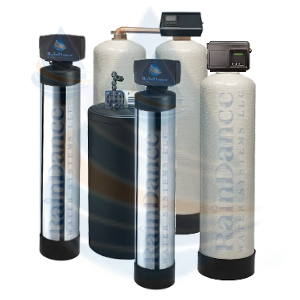
Well Testing Overview
The U.S. Environmental Protection Agency’s (EPA) rules that defend public drinkable systems don’t apply to individual water systems, like in-camera closely-held wells. As a private water system owner, it’s up to you to form Best Well Water Filter positive that your water is safe to drink.

What to check for
Several water quality indicators (WQIs) and contaminants that ought to be tested for in your water are listed below. A WQI takes a look at maybe a take a look at that measures the presence and quantity of bound germs in the water. In most cases, the presence of WQIs isn’t the reason for sickness; but, they’re simple to check for and their presence might indicate the presence of waste material and different disease-causing germs from human and/or animal faeces. (Please see Water-related Diseases and Contaminants in-camera Wells for a listing of further germs and chemicals in drinkable wells and therefore the sicknesses they cause.)
Examples of Water Quality Indicators:
Total Coliforms
Coliform bacterium ar microbes found within the biological process systems of homothermic animals, in soil, on plants, and in surface water. These microbes generally don’t cause you to sick; but, as a result of microbes that do cause malady ar exhausting to check for within the water, “total coliforms” are tested instead. If the full coliform count is high, then it’s terribly attainable that harmful germs like viruses, bacteria, and parasites may additionally be found within the water.
Fecal Coliforms / escherichia (E. coli)
Faecal coliform bacterium ar a particular reasonably total coliform. The faeces (or stool) and biological process systems of humans and homothermic animals contain various dirty coliforms. E. coli is a component of the dirty coliform cluster and should be tested for by itself. dirty coliforms and E. coli are sometimes harmless. However, a positive take a look might mean that faeces and harmful germs have found their manner into your water system. These harmful germs will cause diarrhoea, dysentery, and infectious disease. it’s necessary to not confuse the take a look at for the common and typically harmless WQI E. coli with a take a look at for a lot of dangerous germ E. coli O157:H7.
pH
The pH scale level tells you the way acidic or basic your water is. The pH scale level of the water will modification however your water appearance and tastes. If the pH scale of your water is simply too low or too high, it might injury your pipes, cause significant metals like cause leak of the pipes into the water, and eventually cause you to sick.
Examples of Contaminants:
Nitrate
Nitrate is of course found in many varieties of food. However, high levels of nitrate in drinkable will build individuals sick. Nitrate in your spring water will return from animal waste, non-public septic systems, wastewater, flooded sewers, contaminated stormwater runoff, fertilizers, agricultural runoff, and decaying plants. The presence of nitrate in spring water additionally depends on the earth science of the land around your well. A nitrate takes a look at is suggested for all wells. If the nitrate level in your water is above the EPA standards, you ought to seek different sources of water or ways in which to treat your water.
Volatile Organic Compounds (VOCs)
VOCs are industrial and fuel-related chemicals that will cause dangerous health effects at bound levels. that VOCs to check for depends on wherever you reside. Contact your native health or environmental department, or the EPA to search out out if any VOCs ar a haul in your region. Some VOCs to raise concerning testing for ar aromatic hydrocarbon, resolvent, toluene, trichloroethylene, and alkyl radical tertiary group ether (MTBE).





